Think You’re the Consummate Woodland Hills Local?
Test Yourself with These Little Hidden Gems of Woodland Hills
Sometimes, the definition of a “local” is just that – someone who hails from and resides in a certain geographic locale. But there are examples of so-called locals who take this concept to a new level – they eat, sleep, breathe and dream all having to do with the area they call home. These folks can describe the ins and outs of every corner store, recommend a restaurant at the flick of a switch and tell visitors what’s going on over any given weekend without referencing an events schedule.
If you consider yourself a dyed-in-the-wool Woodland Hills local, test your prowess by attempting to identify these local landmarks in Woodland Hills – if you’re the consummate local you think you are, you’ll know all these places…and then some!
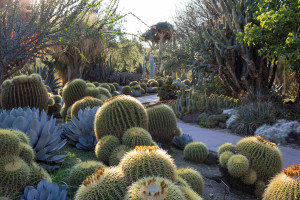 The Cactus Garden is definitely a place that needs to be seen to be appreciated – and talk about “local flavor!” Right where Topanga Canyon Boulevard (not Old Topanga Canyon Road, which will be a difference true locals can differentiate) spits you out into the Valley is this huge cactus garden, like its namesake implies, bursting with vivid hues of purple, yellow, pink and green and surrounded by fountains and cherub statues that will take your breath away. If you have ever visited Cactus Garden, you will know about its pathways made of colored rocks, the variety of cacti that come in all shapes and sizes and the peace and tranquility exuded from nearly every crevice; for those who haven’t visited one of the most famous of local landmarks in Woodland Hills, it’s time to carve out a chunk of time and experience it for yourself.
The Cactus Garden is definitely a place that needs to be seen to be appreciated – and talk about “local flavor!” Right where Topanga Canyon Boulevard (not Old Topanga Canyon Road, which will be a difference true locals can differentiate) spits you out into the Valley is this huge cactus garden, like its namesake implies, bursting with vivid hues of purple, yellow, pink and green and surrounded by fountains and cherub statues that will take your breath away. If you have ever visited Cactus Garden, you will know about its pathways made of colored rocks, the variety of cacti that come in all shapes and sizes and the peace and tranquility exuded from nearly every crevice; for those who haven’t visited one of the most famous of local landmarks in Woodland Hills, it’s time to carve out a chunk of time and experience it for yourself.
The Great Wall of Topanga is often referred to by diehard locals as “the epitome of a hidden gem located miles outside of Los Angeles,” what with its Great Art Walk on the side of the road that’s both striking and unavoidable, and the way it enables a virtual escape from the hustle and bustle of downtown L.A. Locals often say that “local flavor doesn’t get any better than this” when describing The Great Wall of Topanga, and for good reason: This fun and funky outdoor art display in the heart of an equally fun and funky canyon forms the border of a private property, running along Topanga Canyon Boulevard near Froggy’s restaurant, boasting a wall covered in art. The brainchild of Rick Denman – professional bike racer, rigger and longtime Topanga resident – The Great Wall is noticeable from a distance and instantly recognizable to locals…does it look familiar to you?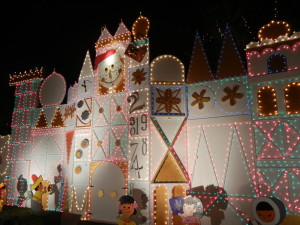
Candy Cane Lane has become a hidden gem amongst Woodland Hills locals during the holidays, with nearly half of the houses on this street decorated with dazzling, beautiful Christmas and holiday lights. Right off Winnetka on the 101, Candy Cane Lane beckons Christmas enthusiasts to hop in the car, throw on some classic songs on the radio and become immersed in one of the most enthralling experiences this side of the North Pole. Several streets beyond Lubao boast decorated houses, such as Oakdale and Pensfield, with a local favorite being the polar bear-decorated house right off Hatteras. When the holiday season arrives and you’re looking to do something festive and creative, look no further than soaking in the beauty of the holidays on Candy Cane Lane.
Old Trapper’s Lodge is one of the more “off-the-beaten-path” California historical landmarks, even for seasoned Woodland Hills locals. Built by John Ehn, Old Trapper’s Lodge is one of the three most famous examples of Los Angeles folk art venues, second only to Watts Towers and Grandma Prisbrey’s Bottle Village in Simi Valley. Ehn liked to be called “The Old Trapper” because of the way he professionally trapped alligators and snakes when he lived in Florida; after moving his family to Southern California, he opened a motel near Burbank Airport named The Old Trapper’s Lodge, the theme of the motel reflecting his former occupation. When he died in 1981, his body of work was declared a California State Cultural Landmark, and the present day venue on the campus of Pierce College has become renowned for its “random and funky” ceramic statue collection.
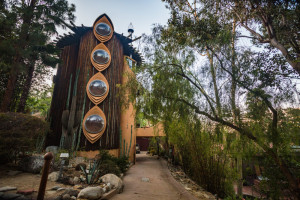 The Al Struckus House is well-known by area locals for its distinctive circular design, as realized by architect Bruce Goff, sitting proudly in the urban forest of the old Girard section of Woodland Hills. A house dissimilar any other, this four-story-high central cylinder surrounded by five smaller connected cylinders clad in natural redwood, glass tiles and undulating stucco is capped by a roof replete with skinny eaves – reminiscent of popsicle sticks – and punctuated by four large, round windows resembling giant eyeballs. Goff designed the house for Rocketdyne engineer, woodworker and art collector Al Struckus, but died shortly after construction began in 1982; the job was completed by Struckus and architect Bart Prince over the following decade. This marvel of architectural expertise has one major room on each level – the kitchen one flight up from the ground floor, a bedroom and living room that feels as if it resides in the treetops. The Al Struckus House is a true test of any Woodland Hills local who claims to “know their stuff” when it comes to landmarks.
The Al Struckus House is well-known by area locals for its distinctive circular design, as realized by architect Bruce Goff, sitting proudly in the urban forest of the old Girard section of Woodland Hills. A house dissimilar any other, this four-story-high central cylinder surrounded by five smaller connected cylinders clad in natural redwood, glass tiles and undulating stucco is capped by a roof replete with skinny eaves – reminiscent of popsicle sticks – and punctuated by four large, round windows resembling giant eyeballs. Goff designed the house for Rocketdyne engineer, woodworker and art collector Al Struckus, but died shortly after construction began in 1982; the job was completed by Struckus and architect Bart Prince over the following decade. This marvel of architectural expertise has one major room on each level – the kitchen one flight up from the ground floor, a bedroom and living room that feels as if it resides in the treetops. The Al Struckus House is a true test of any Woodland Hills local who claims to “know their stuff” when it comes to landmarks.
Local landmarks in Woodland Hills can mean many different things to the plethora of residents living in this Southern California neighborhood, but one thing is for certain: None of them are without unwavering charm.



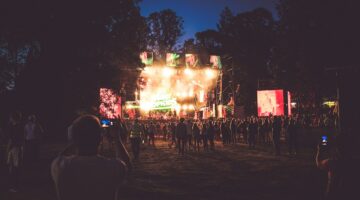
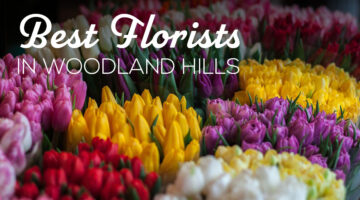





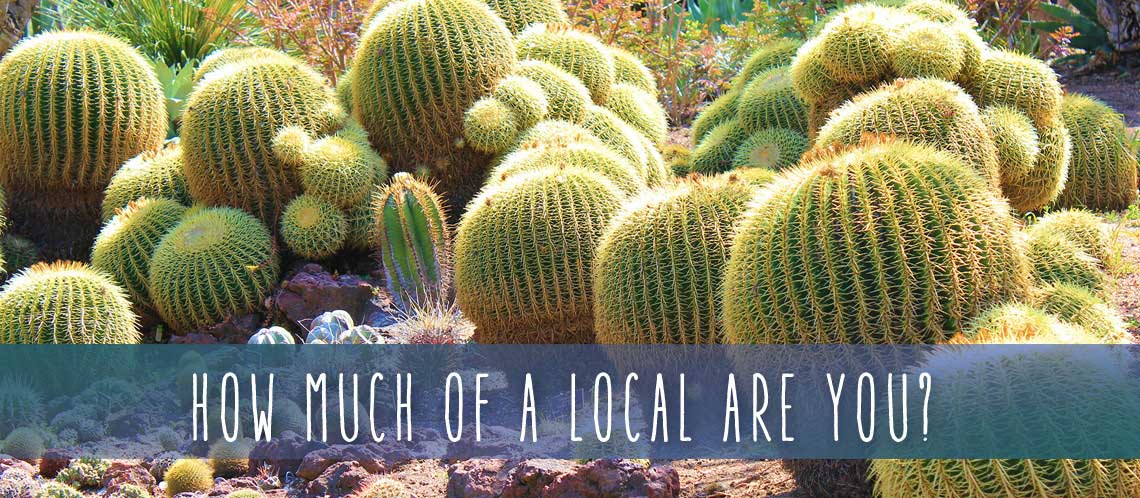


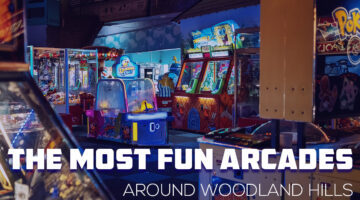
No Comment